Best telephoto lens: top lenses for Canon and Nikon DSLRs
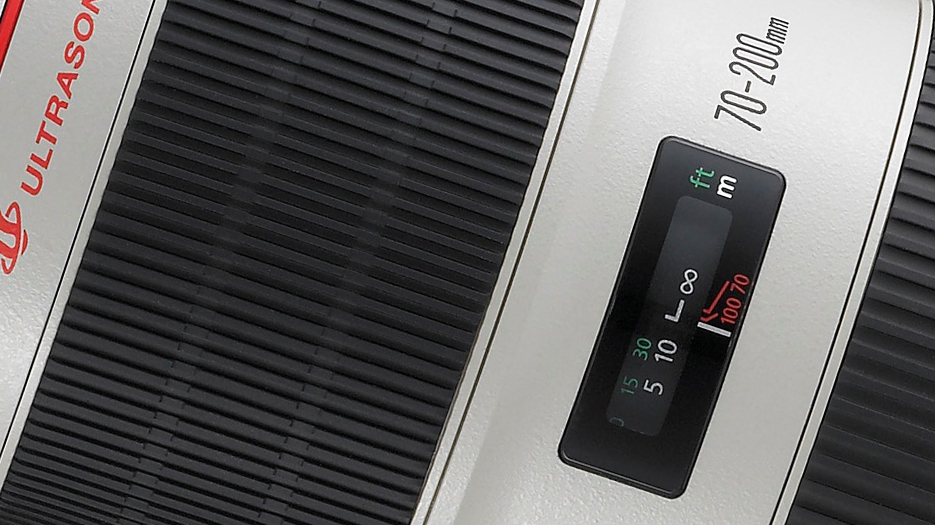
The 10 best telephoto zoom lenses for Canon DSLRs
In terms of sheer quality and performance, the leading contenders are currently Canon and Tamron, battling it out for top spot in both the 70-200mm f/2.8 and 70-300mm categories. Sigma’s 70-200mm f/2.8 lens isn’t quite to the same standard but offers exceptional value for money. Sigma’s relatively antiquated 70-300mm is much less appealing.
Canon markets two 70-300mm lenses in up-market L-series and more budget-friendly options. The latter is streets ahead of the previous version, and works well with both APS-C and full-frame cameras. Tamron’s competing lens is rather better value in the UK and Europe, where there’s a sting in the tail with the price of the Canon’s ‘optional’ lens hood. For APS-C format lenses, Canon makes a smart budget option whereas Sigma offers something rather more specialised.


1. Tamron SP 70-200mm f/2.8 Di VC USD G2 for Canon
Specifications
Reasons to buy
Reasons to avoid
A complete revamp of Tamron’s previous 70-200mm VC lens, the G2 (Generation 2) has upgraded optics, faster and more accurate autofocus, plus a new 5-stop, triple-mode stabilizer. Whereas the older lens’s stabilizer was only really effective for static shots, the new one has static and panning modes, plus a third option in which stabilization is only applied during the exposure. This makes it easier to track erratically moving objects. Build quality is excellent, featuring a weather-sealed metal barrel and mounting plate, and a keep-clean fluorine coating on the front element. A nice finishing touch is that the magnesium tripod mounting foot is Arca-Swiss compatible. Image quality is stunning in every respect and the lens is compatible with Tamron’s optional TAP-in Console, for applying customisation and firmware updates.
- Read our in-depth Tamron SP 70-200mm f/2.8 Di VC USD G2 review

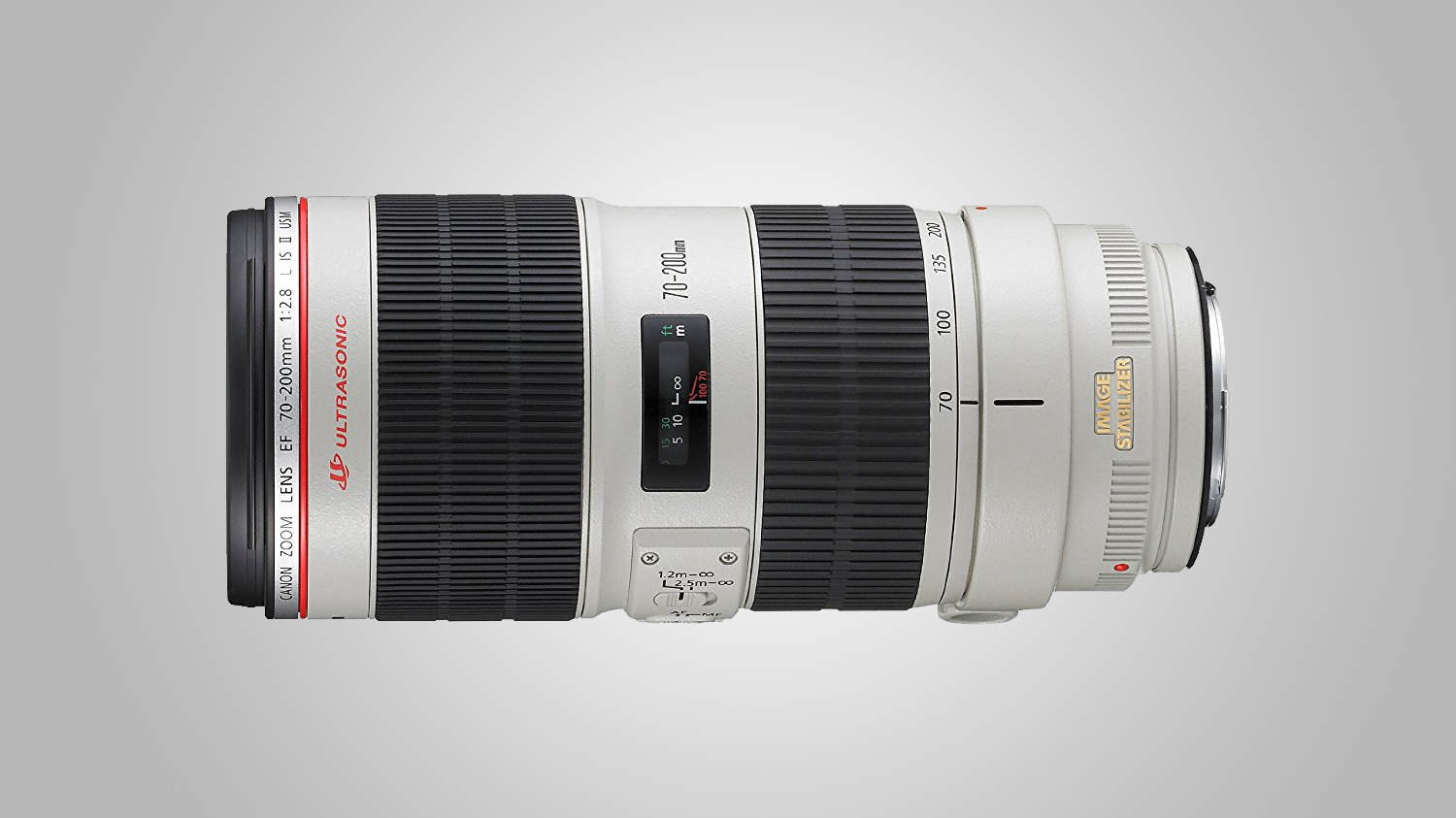
2. Canon EF 70-200mm f/2.8L IS II USM
Specifications
Reasons to buy
Reasons to avoid
A favourite with many pro shooters, this Canon features top-grade fluorite glass and five UD (Ultra-low Dispersion) elements, a virtually circular eight-blade diaphragm, and a dual-mode image stabilizer giving a four-stop advantage. However, stabilization loses out to the competing Tamron G2’s 5-stop, triple-mode system. An ultrasonic ring-type autofocus system provides super-fast focussing, even under dull lighting conditions. Everything's wrapped up in a tough, weather-sealed magnesium alloy shell, sporting control rings and switches which operate flawlessly. Image quality is excellent throughout the zoom range, but no better than from the less expensive Tamron G2 lens.

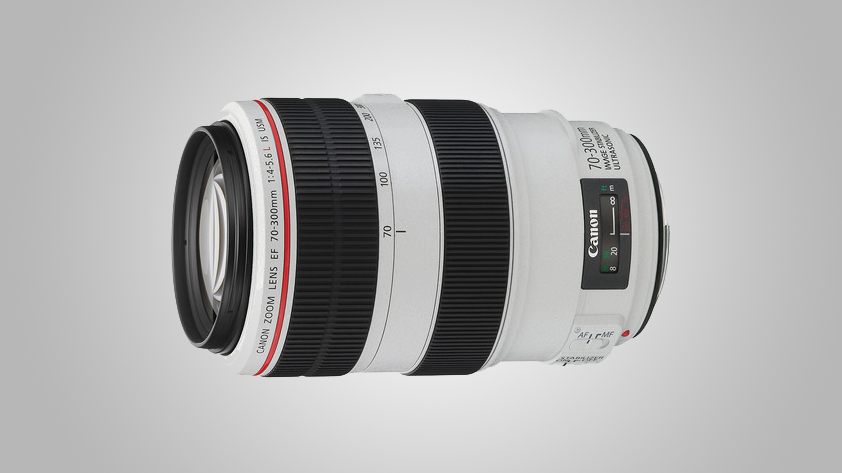
3. Canon EF 70-300mm f/4-5.6L IS USM
Specifications
Reasons to buy
Reasons to avoid
At a glance, this lens looks very overpriced for a 70-300mm with a typical ‘variable’ aperture rating of f/4-5.6. As such, it’s often overlooked by photographers wanting a high-performance zoom. However, it justifies the L-series marque, delivering superb image quality with exceptional sharpness and contrast, along with very fast autofocus and effective image stabilization. Naturally, it’s two f/stops slower than a 70-200mm f/2.8 lens at its longest zoom setting, but the maximum focal length is 50 per cent longer, and this lens is only about two-thirds of the weight.

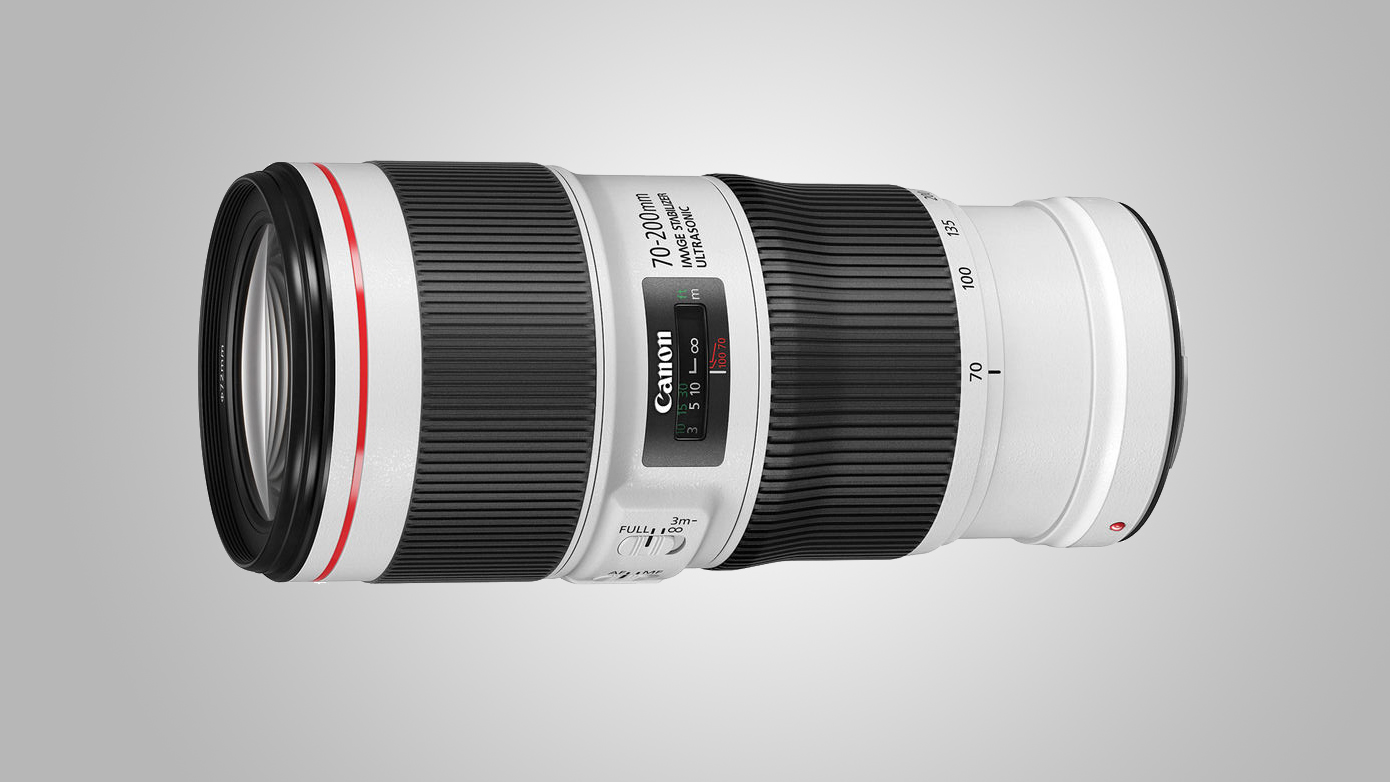
4. Canon EF 70-200mm f/4L IS II USM
Specifications
Reasons to buy
Reasons to avoid
A major upgrade of Canon’s popular 70-200mm f/4 IS lens, the new Mark II remains relatively compact and lightweight, but packs a heavyweight punch in terms of performance. The speed and accuracy of its autofocus system, the effectiveness of its image stabilizer, and its outright image quality make it a very desirable lens. It’s also very easy to live with, being much less heavy than 70-200mm f/2.8 zooms. Even so, autofocus, stabilization and outright image quality are no better than from Tamron’s fabulous 70-200mm f/2.8 G2 lens, which sells for the same price and, as an f/2.8 zoom, offers rather better value for money.
- Read our in-depth Canon EF 70-200mm f/4L IS II USM review

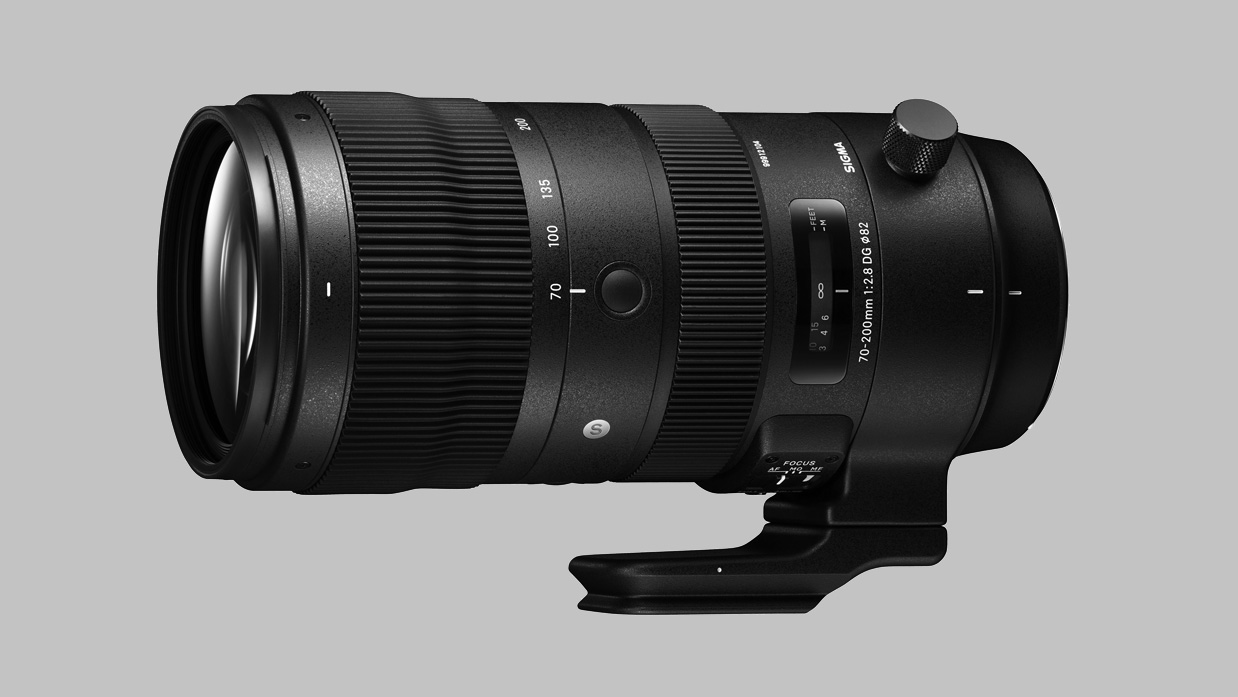
Specifications
Reasons to buy
Reasons to avoid
Sigma's previous 70-200mm f/2.8 APO EX DG Macro II was a fine performer for the money, but 11 years is a long time for a telephoto lens to be on the market and this fresh version arrives in the company's smart, modern Global Vision get-up. And what we have here is a very credible performer for the money, with great sharpness wide open and snappy autofocusing, combined with clearly effective image stabilization and weather-sealing. So far so good, but pick it up and you'll discover our only main reservation, namely its 1.8kg weight. That's pretty heavy – even for a lens with this focal length and aperture – but if you plan on using it for tripod-based applications rather than handheld this may not bother you.
Sign up for breaking news, reviews, opinion, top tech deals, and more.
- Read our in-depth Sigma 70-200mm f/2.8 DG OS HSM Sports review

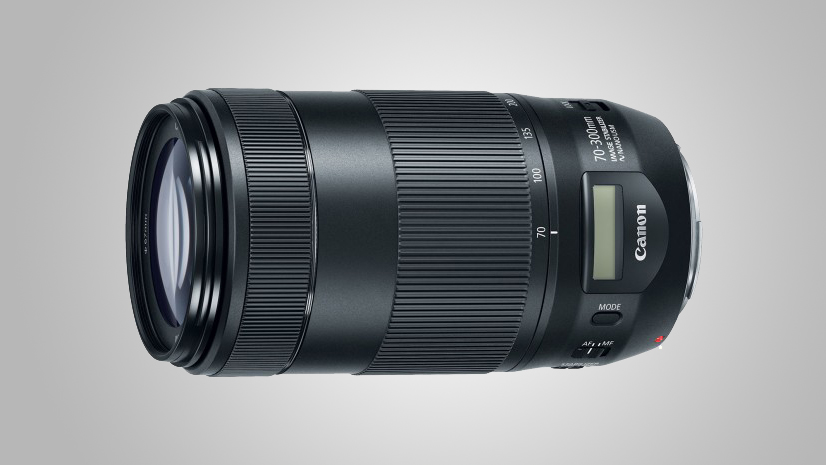
6. Canon EF 70-300mm f/4-5.6 IS II USM
Specifications
Reasons to buy
Reasons to avoid
Unlike Canon’s L-series 70-300mm IS USM lens, the previous budget option had a mediocre image stabilizer and a sluggish autofocus system, based on an ultrasonic micro-motor rather than being ring-type ultrasonic. Handling was impaired by the focus ring and front element rotating during autofocus. The Mk II features upgraded optics, a new 4-stop stabilizer and a revolutionary Nano USM autofocus system, which is extremely rapid for stills, yet gives smooth focus transitions for movie capture. A neat LCD screen on the barrel gives display options for focus distance, depth of field, effective focal length when used on an APS-C format camera, and the current level of vibration. Apart from a drop in corner-sharpness at 70mm, performance is very good. However, this 70-300mm isn’t quite so budget-friendly once you add the ‘optional’ hood (sold separately).

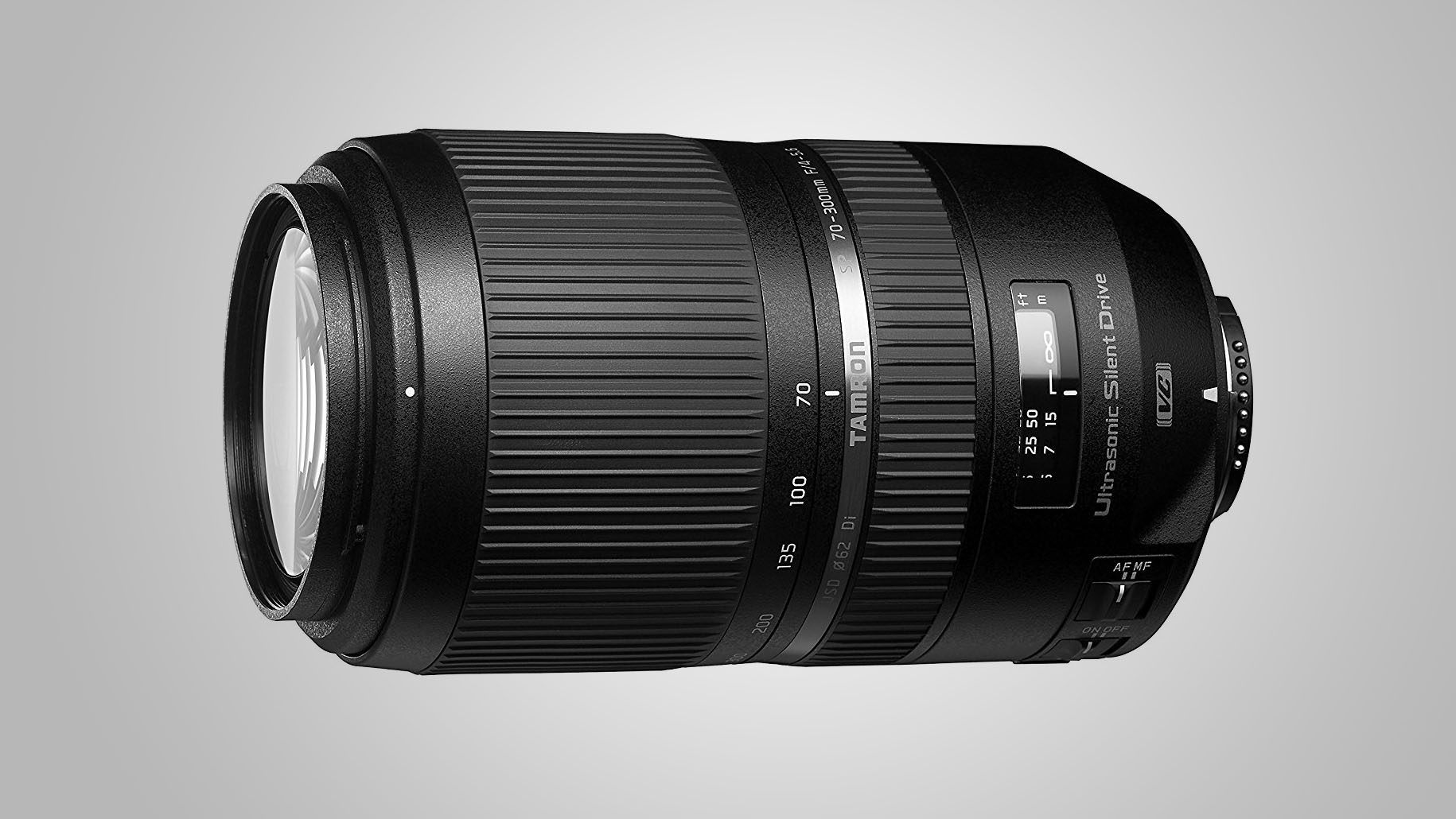
7. Tamron SP 70-300mm f/4-5.6 Di VC USD for Canon
Specifications
Reasons to buy
Reasons to avoid
If you'd rather have a bit more reach than a constant aperture, this 'Super Performance' Tamron is an excellent budget buy. There's an impressive ring-type autofocus motor which is fast and whisper-quiet, plus an advanced four-stop VC (Vibration Compensation) system that's a match for Canon's latest ‘IS’ offerings, at least for static shooting. However, it’s relatively ineffective for panning. At 765g, the Tamron is quite chunky and weighty for this class of lens, but feels solid and has refined handling. Image quality is impressive too, with very good sharpness and contrast throughout the zoom range. Color fringing is also well controlled, even into the extreme corners of images.


8. Canon EF-S 55-250mm f/4-5.6 IS STM
Specifications
Reasons to buy
Reasons to avoid
An ideal APS-C format telephoto zoom to compliment an 18-55mm standard kit lens, the EF-S 55-250mm extends your reach to an ‘effective’ 400mm. It’s well matched to Canon’s entry-level DSLRs and makes a good travel option, with a lightweight 375g build, due in part to having a plastic rather than metal mounting plate. Useful features include a 3.5-stop image stabiliser and an STM (Stepping Motor) autofocus system, which is virtually silent. It’s fairly fast for both stills and video shooting, yet enables smooth focus transitions when shooting video. There’s an improvement in image quality, compared with the previous non-STM version, thanks to a revised optical layout with additional elements.

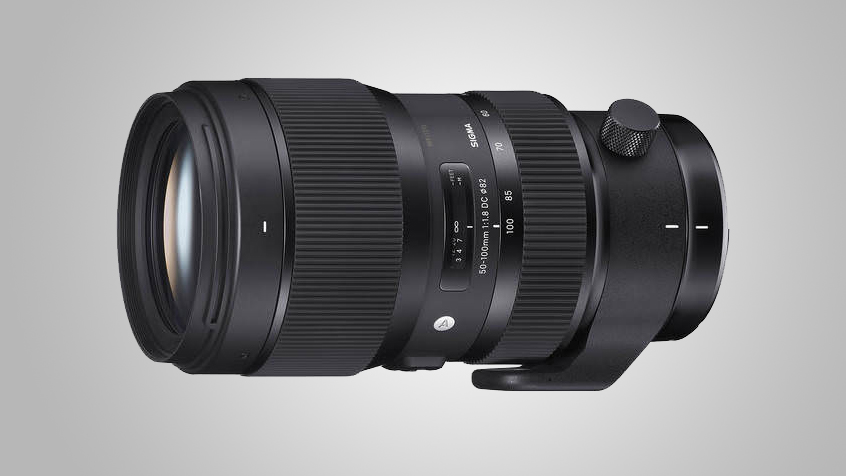
9. Sigma 50-100mm f/1.8 DC HSM | A for Canon
Specifications
Reasons to buy
Reasons to avoid
Picking up the focal length baton from Sigma’s unique 18-35mm f/1.8 DC HSM | A lens for APS-C format cameras, this one retains the extra-wide f/1.8 aperture rating while stretching into telephoto territory. To be fair, it doesn’t stretch that far, with an ‘effective’ zoom range of 80-160mm once you take Canon’s 1.6x crop factor into account. It’s also a relatively big and heavy lens, at about the same size and weight of a 70-200mm f/2.8 lens, and is supplied complete with a tripod collar. Build quality and overall performance are excellent but the combination of relatively short telephoto reach and extra-wide aperture make it a rather specialised lens, arguably better suited to portraiture and still life than to sports and wildlife photography.

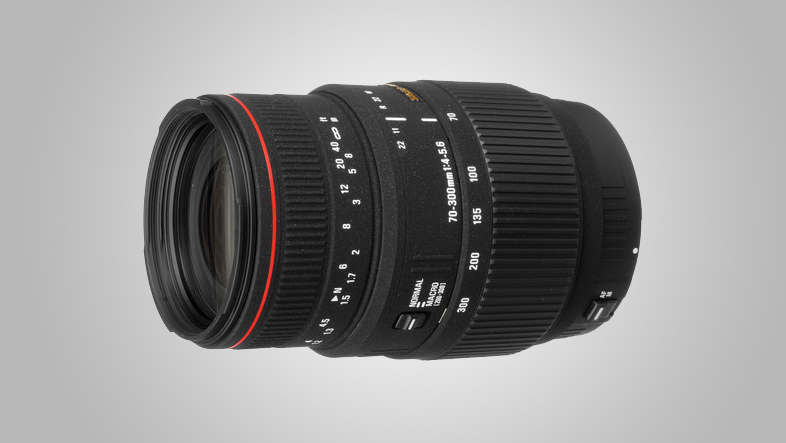
10. Sigma APO 70-300mm f/4-5.6 DG Macro for Canon
Specifications
Reasons to buy
Reasons to avoid
It's not just distant objects that this Sigma can get you closer to, as it's also designed for close-up work, with a 95cm minimum focus distance and a 0.5x magnification factor in Macro mode. Other attractions include three SLD (Special Low Dispersion) lens elements to minimise chromatic aberrations, however you don't get optical stabilisation and the internal autofocus motor is fairly basic. There's little to complain about with image quality though, as sharpness is high, whilst distortion and fringing are low. The only noticeable issue is a lack of contrast in images taken under dull lighting, but the rock-bottom price is some compensation.

- Best lenses for Canon APS-C DSLRs
- Best lenses for Canon full-frame DSLRs
- Best wide-angle lenses for Canon DSLRs
- Best macro lenses for Canon DSLRs
Current page: Best telephoto lens for Canon DSLRs
Prev Page Telephoto lenses explained Next Page Best telephoto lens for Nikon DSLRs